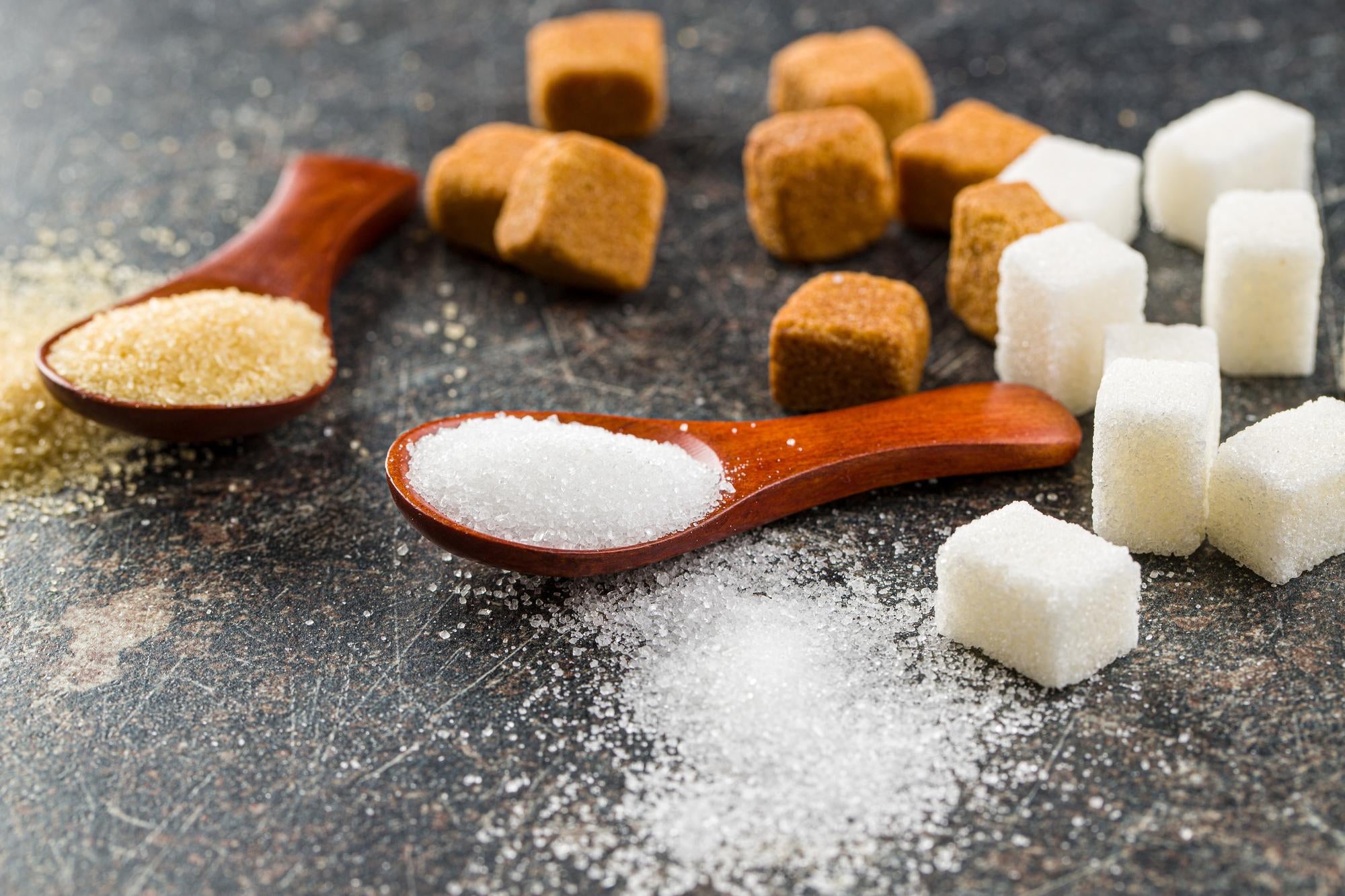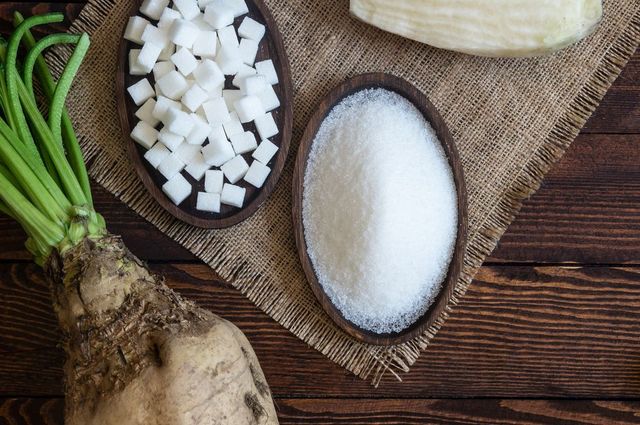Beet Sugar vs Cane: Examining Their Roles in the Global Sugar Industry
Beet Sugar vs Cane: Examining Their Roles in the Global Sugar Industry
Blog Article
Beet Sugar Vs Cane: Discover the very best Selection for Your Sweetening Needs
The selection in between beet sugar and cane sugar extends past simple sweet taste; it includes aspects such as flavor profiles, production techniques, and nutritional advantages. The earthy touches of beet sugar might not enhance every dish, whereas cane sugar is frequently preferred for its tidy preference.
Summary of Beetroot Sugar
Beet sugar, frequently acquired from the sugar beetroot plant, is regularly made use of as an essential artificial sweetener in various foodstuff. The sugar beetroot, a biennial plant, prospers in warm environments and is largely grown in areas such as Europe and North America. beet sugar vs cane. The removal procedure involves cutting the beetroots and extracting the juice, which is after that cleansed and crystallized to create granulated sugar
One notable characteristic of beetroot sugar is its chemical composition, which is almost identical to that of walking stick sugar, as both are composed mainly of sucrose. This similarity allows beetroot sugar to be utilized reciprocally with walking cane sugar in recipes and food manufacturing.
Beet sugar is likewise kept in mind for its versatility in different applications, consisting of baking, drink formula, and confectionery production. Additionally, the beet sugar market has actually made strides in lasting methods, with numerous producers applying eco-friendly farming approaches.

Summary of Walking Stick Sugar
Walking cane sugar, originated from the sugarcane plant, is among the most commonly acknowledged and utilized sweeteners globally. It is mostly made up of sucrose, a disaccharide that supplies a pleasant taste account essential for various cooking applications. Walking stick sugar is frequently located in granulated type however is also available as raw sugar, brown sugar, and powdered sugar, each offering distinct functions in food preparation and baking.
The farming of sugarcane projects in exotic and subtropical areas, adding to its prevalent schedule. The plant prospers in warm climates, needing adequate sunlight and water for optimum development. Cane sugar is typically valued for its all-natural manufacturing approach and marginal processing, which protects its taste and dietary residential properties.
In enhancement to its cooking uses, walking stick sugar plays a significant function in the food industry, working as a chemical, fermentation substrate, and texturizing agent. Its adaptability extends beyond food, discovering applications in drinks, confections, and even cosmetics. With a lengthy history and a strong social presence, walking cane sugar proceeds to be a preferred selection for consumers seeking a natural sweetening option.
Manufacturing Processes Contrasted
When contrasting the manufacturing procedures of beet sugar and walking cane sugar, it becomes clear that each method mirrors the one-of-a-kind features of its source material. Beet sugar production begins with collecting sugar beetroots, which are after that washed, cut, and subjected to hot water removal to dissolve the sugar.
On the other hand, walking stick sugar production entails gathering sugarcane stalks, which are squashed to remove juice. This juice is after that made clear using heat and lime, comparable to the beetroot process. After explanation, the walking cane juice is vaporized and taken shape. Nevertheless, the cane sugar her latest blog procedure integrates a much longer milling and pushing stage, which helps in drawing out optimum juice from the stalks.
Both procedures highlight efficiency, yet the techniques highlight differences in tools and power use. Beet sugar often tends to have an extra uncomplicated processing path, while walking stick sugar production can be a lot more complex due to the fibrous nature of the walking cane stalks. Ultimately, these distinctions form the features of the sugars produced.
Nutritional Profiles and Conveniences
Sugar, a staple in several diets, differs in nutritional profiles and benefits depending on its source. Both beet sugar and walking stick sugar largely consist of sucrose, supplying similar calorie web content-- around 4 calories per gram. Subtle differences can impact consumer choices and understandings.
Beetroot sugar is derived from sugar beets, which consist of percentages of minerals and vitamins, such as potassium and calcium, yet these nutrients are present in minimal amounts when eaten in normal quantities. On the other hand, cane sugar, drawn out from sugarcane, may use comparable trace nutrients, yet the differences are mostly unimportant and minimal in the context of a well balanced diet regimen.
One remarkable facet is the environmental influence of each source, which can indirectly affect nutritional choices. Beetroot sugar production is commonly viewed as even more sustainable because of reduced water use contrasted to walking cane sugar farming. In addition, some people favor beet sugar as a result of its non-GMO condition in certain areas, possibly lining up with health-conscious customer fads.

Taste Distinctions and Uses
Distinct taste profiles identify beet sugar and walking stick sugar, influencing their applications in different culinary contexts. Beetroot sugar has a somewhat earthy preference, which can be connected to the dirt in which the beets are expanded. beet sugar vs cane. This subtle flavor may not be obvious in many recipes, yet it can affect the total preference in fragile dishes, such as meringues and certain icings. Alternatively, walking stick sugar uses a cleaner, a lot more straightforward sweetness that is often favored for cooking and treats, as it improves tastes without eclipsing them.
In useful terms, beet sugar and walking cane sugar can typically be utilized interchangeably in many dishes. Pastry cooks and culinary professionals frequently lean towards walking stick sugar for its remarkable ability to caramelize, which is important in producing intricate Continued flavor profiles in confections and sauces. Additionally, walking cane sugar is preferred in drinks, as its flavor liquifies effortlessly, keeping the integrity of the drink.
Ultimately, the choice in between beet and walking stick sugar might boil down to personal preference and the details demands of the meal, with each type offering unique characteristics that can enhance the culinary experience.
Final Thought
In recap, the selection between beetroot sugar and cane sugar depends upon specific cooking applications and individual wellness considerations. While beetroot sugar presents a slightly earthy taste and sustainable production benefits, walking cane sugar's cleaner sweetness is typically favored in baking and delicate dishes. Reviewing the manufacturing processes, nutritional profiles, and taste distinctions can direct customers in selecting the most appropriate sweetener for their demands, ensuring both taste complete satisfaction and positioning with nutritional preferences.
Beet sugar, typically acquired from the sugar beetroot plant, is regularly used as a vital sweetening agent in numerous food items. Walking stick sugar is typically discovered in granulated type but is also offered as raw sugar, brownish sugar, and powdered sugar, each offering distinct functions in food preparation and baking.
When contrasting the manufacturing processes of beetroot sugar and walking stick sugar, it comes to be clear that each method reflects the unique qualities of its source material. Beetroot sugar production begins with harvesting sugar beets, which are after that washed, cut, and subjected to hot water extraction to liquify the sugar. Beet sugar often tends to have a much more uncomplicated processing path, while Learn More Here walking cane sugar manufacturing can be much more intricate due to the fibrous nature of the walking stick stalks.
Report this page